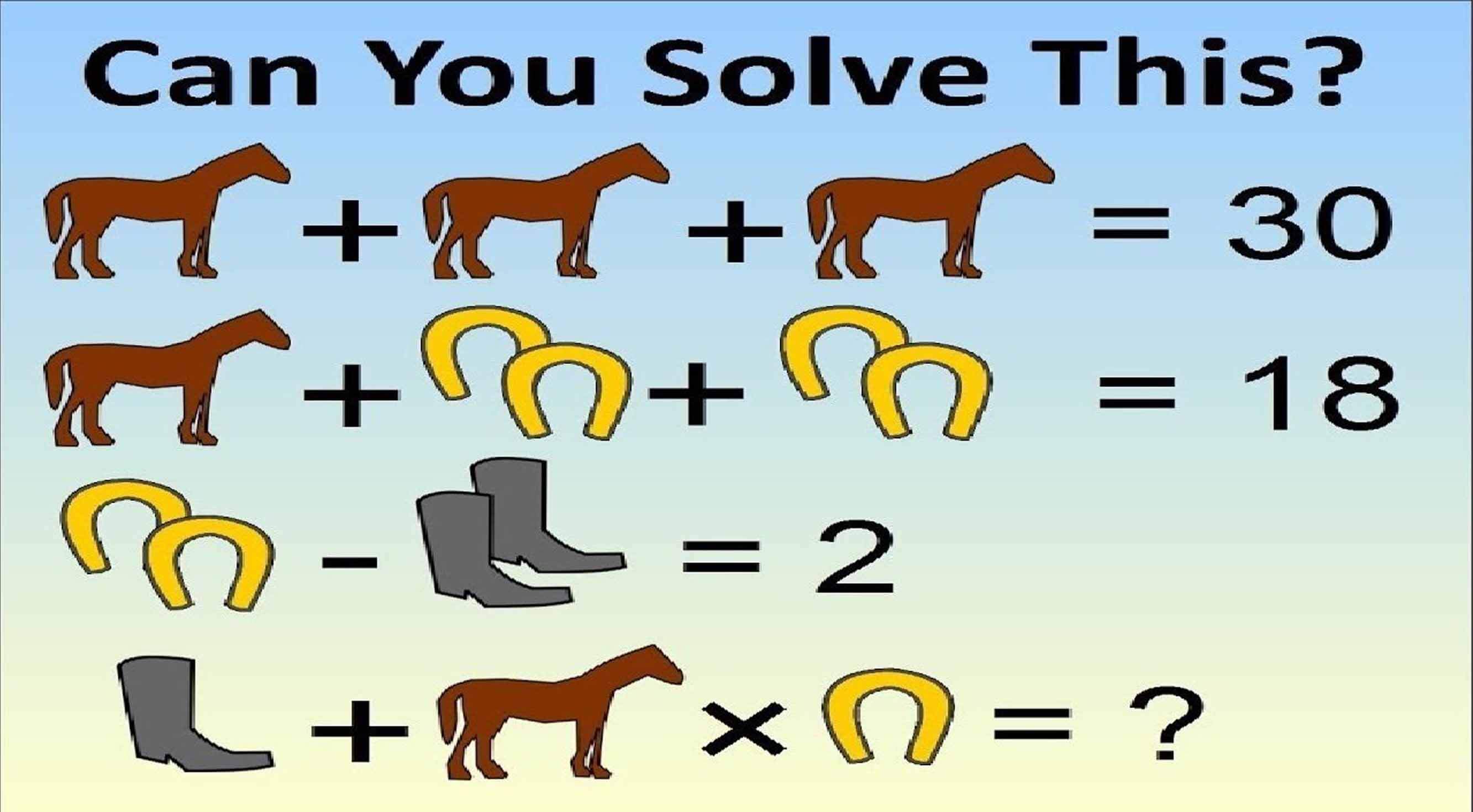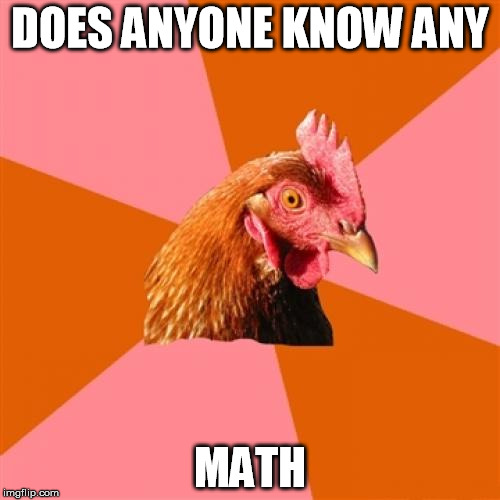
How many words are there in the language of Mumbo-Jumbo Problem 5. I bought the chicks and sneaked them into the classroom brooder before the children arrived to school the next day. chicken legs is 2 times the number of chickens (2C), then the total number of legs is 4P + 2C. Yes! With the fervent approval and undying appreciation of the teacher, the plan unfolded. I posted a virtual “chicks wanted” advertisement online and within minutes, was informed that a feed store just ten minutes from our home had day old chicks in stock. I immediately put out feelers on the Internet for day old chicks. The wheels started turning I had to find some baby chicks!Ĭhicken math very interesting for talk starting in philippine hookup, as philippines like chickens you have 8 chickens, and 5 in the incubator. Regardless, I couldn’t bear imagining the expressions on the faces of those children upon the realization that their hatching experiment had failed. here are some chicke math problems in sentince format: Ex. I had already been in the grip of Chicken Math for months prior to the commencement of the Egg Project and had hatched twenty-two chicks to add to our flock of twelve. None were young enough to pass for day old chicks though. The yellow crayons were now just nubs and there would be nothing but heartbreak to show for their patience and vigilance. On Hatch Day she replied to my inquiry with one of her own: did I have any baby chicks available? She explained that someone had tinkered with the incubator’s settings and increased the temperature beyond that which any embryo could survive. The Egg Project was on track to inflict some major disappointment upon the kindergartners. We can express W in terms of different combinations of X, Y and Z which are 6 different combinations. We can establish our equation 6X+9Y+20ZW. And $x>y>0$.As Hatch Day approached, curiosity got the better of me as I wondered how the chicks were developing. I innocently emailed the teacher for a status report. The Force was quietly at work. And for the boxes of 6 we are going to use whatever needed amount. Here $x,y$ are the prices before and after lunch, $k,l,m$ are the number of sold chickens before lunch.
#CHICKEN MATH PROBLEM ANSWER FULL#
A full solution is not difficult although it can be a bit tedious to obtain, but one key is to derive the Diophantine condition $$5x - 8y + 3z = 0,$$ in conjunction with the obvious constraint $10 \ge x > y > z \ge 0$. The only plausible qualitative difference between the solutions is that the latter corresponds to an exact amount to the penny the former does not (but why should this matter from a mathematical standpoint?). Learning Goals: Solve problems involving the addition and multiplication of multi-digit whole numbers Communicate mathematical. The difference is $35-10c$, so the number of chickens sold before lunchtime is $\frac.$$ It is not stated that all farmers sold at least one chicken prior to lunchtime, and the difference between the first and second solution (one chicken each) is not, in my opinion, subjectively large enough to justify saying that the farmers were unhappy with the rate of sales for the former but not the latter. With this, we can know how many chickens were sold at the higher price.įor the one who sold $10$ chickens, if he sold everything at the after-lunchtime price, his sales will be $10c$. Hence every chicken sold at the before-lunchtime price rather than the after-lunchtime price will incur an increase of sales of $d$. However, when he "switches" a chicken from the "after-lunchtime" price to the "before-lunchtime" price, there will be a price increase of $d$ (which is the difference between the after-lunchtime and before-lunchtime prices). Think of it this way: if the seller sold everything at $c$ after lunchtime, the total sales will be $kc$, where $k$ is the number of chickens. Now we attempt to solve for how many did each seller sell at each of the two prices.


Let $c$ be the morning price and let $d$ be the difference between the morning and afternoon prices.


 0 kommentar(er)
0 kommentar(er)
